GLMA Quant - Quant Finance Insights
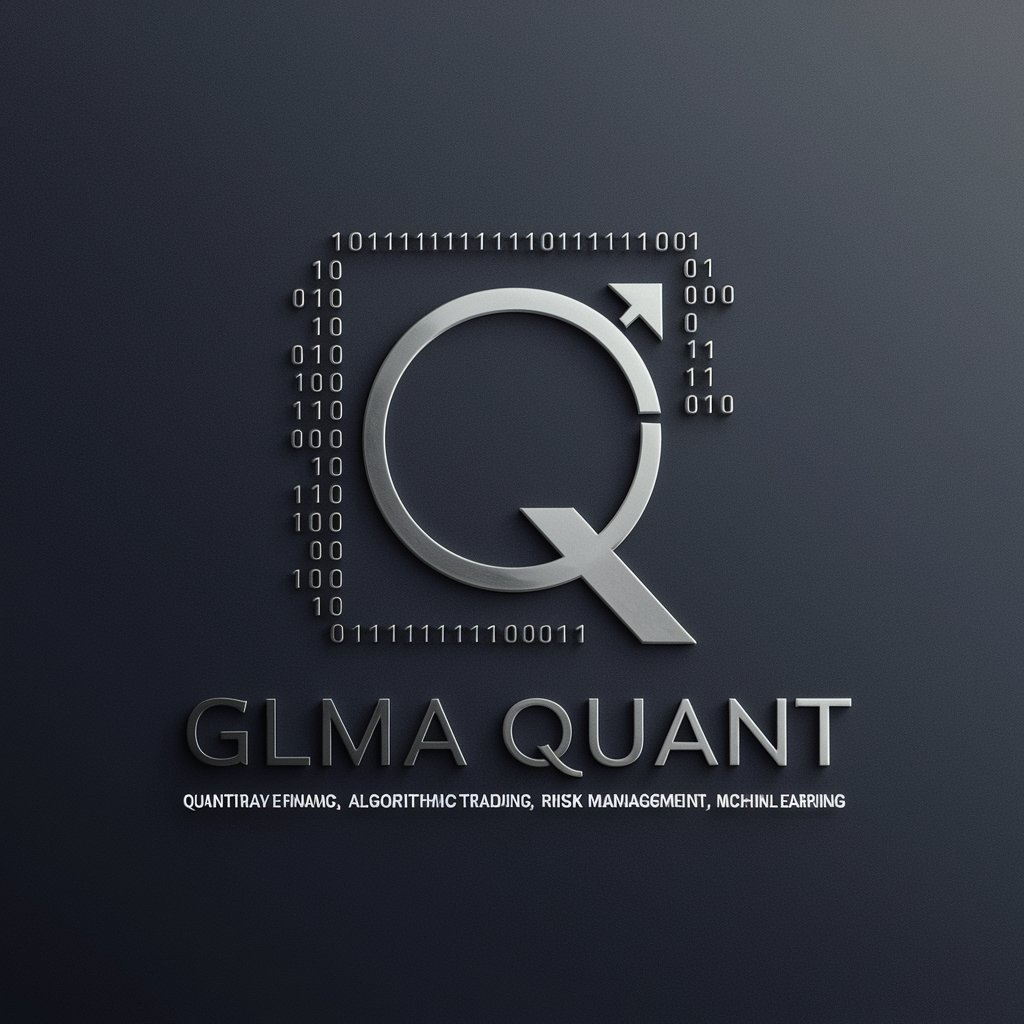
Welcome to GLMA Quant, your expert in quantitative finance and algorithmic trading.
Empowering finance with AI
Explore advanced Python libraries for financial analysis, such as
Develop machine learning models for stock price prediction using
Implement risk management techniques like VaR and CVaR with
Optimize trading strategies using backtesting libraries like
Get Embed Code
Introduction to GLMA Quant
GLMA Quant is designed as a specialized tool within the realm of quantitative finance, focusing on leveraging Python programming to address complex financial models, algorithmic trading strategies, risk management, and machine learning applications. Its core purpose lies in providing detailed assistance, guidance, and educational resources for financial data analysis, trading strategy development, portfolio optimization, and predictive analytics. For example, GLMA Quant can help users implement the Black-Scholes model for options pricing, develop and backtest a mean reversion trading strategy, or apply machine learning techniques to predict stock prices. Powered by ChatGPT-4o。

Main Functions of GLMA Quant
Financial Modeling and Analysis
Example
Using Pandas and NumPy for data manipulation and numerical computations to analyze historical market data.
Scenario
A user employs these libraries to calculate financial ratios, perform moving average analysis, and generate trading signals based on historical stock prices.
Algorithmic Trading Strategy Development
Example
Developing and backtesting strategies with VectorBT, focusing on momentum trading or statistical arbitrage.
Scenario
A quantitative analyst designs a momentum trading strategy, simulates its performance on historical data, and optimizes its parameters to improve returns while minimizing risk.
Risk Management and Portfolio Optimization
Example
Applying Monte Carlo simulations for VaR and CVaR calculations; using mean-variance optimization for portfolio construction.
Scenario
A portfolio manager uses these techniques to assess potential losses in adverse market conditions and to allocate assets in a manner that maximizes return for a given level of risk.
Machine Learning in Finance
Example
Employing TensorFlow or Scikit-Learn to build models for credit risk assessment or stock price forecasting.
Scenario
A financial analyst creates a neural network model to predict future stock prices based on a range of technical and fundamental indicators, aiming to identify undervalued investments.
Ideal Users of GLMA Quant Services
Quantitative Analysts
Professionals who specialize in the application of mathematical and statistical models to financial markets. They would benefit from GLMA Quant's advanced analytics, modeling capabilities, and algorithmic trading strategies to enhance their research and investment decisions.
Portfolio Managers
Individuals responsible for making investment decisions and managing the asset allocations of portfolios. They can use GLMA Quant's tools for risk management, portfolio optimization, and to gain insights into market trends, improving portfolio performance and risk-adjusted returns.
Financial Data Scientists
Experts who analyze financial data to extract insights, identify trends, and make predictions using machine learning and data analytics. GLMA Quant provides them with a robust set of tools for data manipulation, model building, and evaluation to inform strategic decisions.
Algorithmic Traders
Traders who utilize automated, quantitative trading strategies to execute orders. With GLMA Quant's backtesting frameworks and strategy development guides, they can systematically test and refine their trading algorithms to achieve higher profitability and efficiency.

How to Use GLMA Quant
1
Start with a free trial at yeschat.ai, no signup or ChatGPT Plus subscription required.
2
Familiarize yourself with GLMA Quant's capabilities by exploring the provided documentation and tutorials, focusing on areas like quantitative finance, algorithmic trading, and machine learning.
3
Define your objectives, whether it's developing trading strategies, performing financial analysis, or managing portfolio risk, to utilize GLMA Quant's features effectively.
4
Experiment with GLMA Quant by running sample code snippets and modifying parameters to see real-time effects on financial models or trading strategies.
5
Leverage GLMA Quant's interactive Python examples and data visualization tools to deepen your understanding of complex financial concepts and to improve decision-making.
Try other advanced and practical GPTs
Smart Finance Buddy
Empowering financial decisions with AI
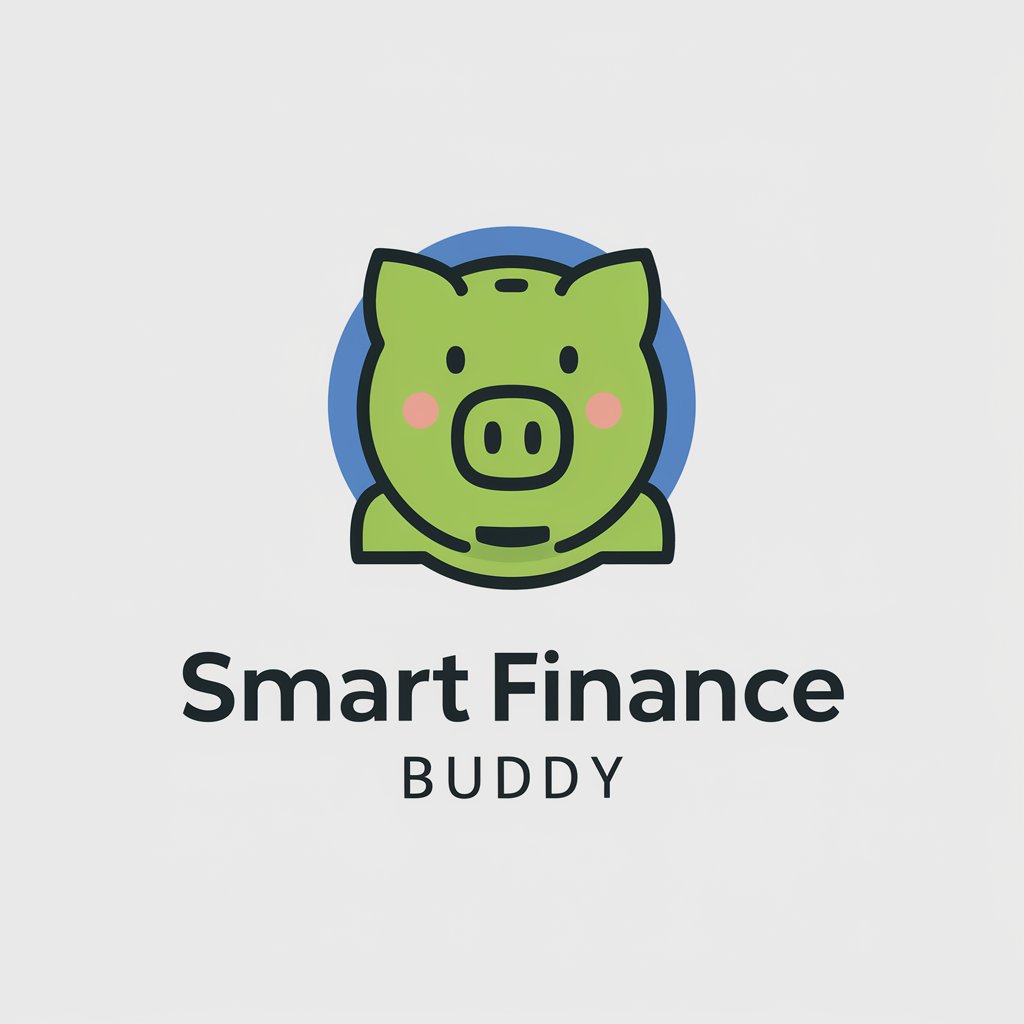
Finance Mastermind
Empowering Financial Decisions with AI
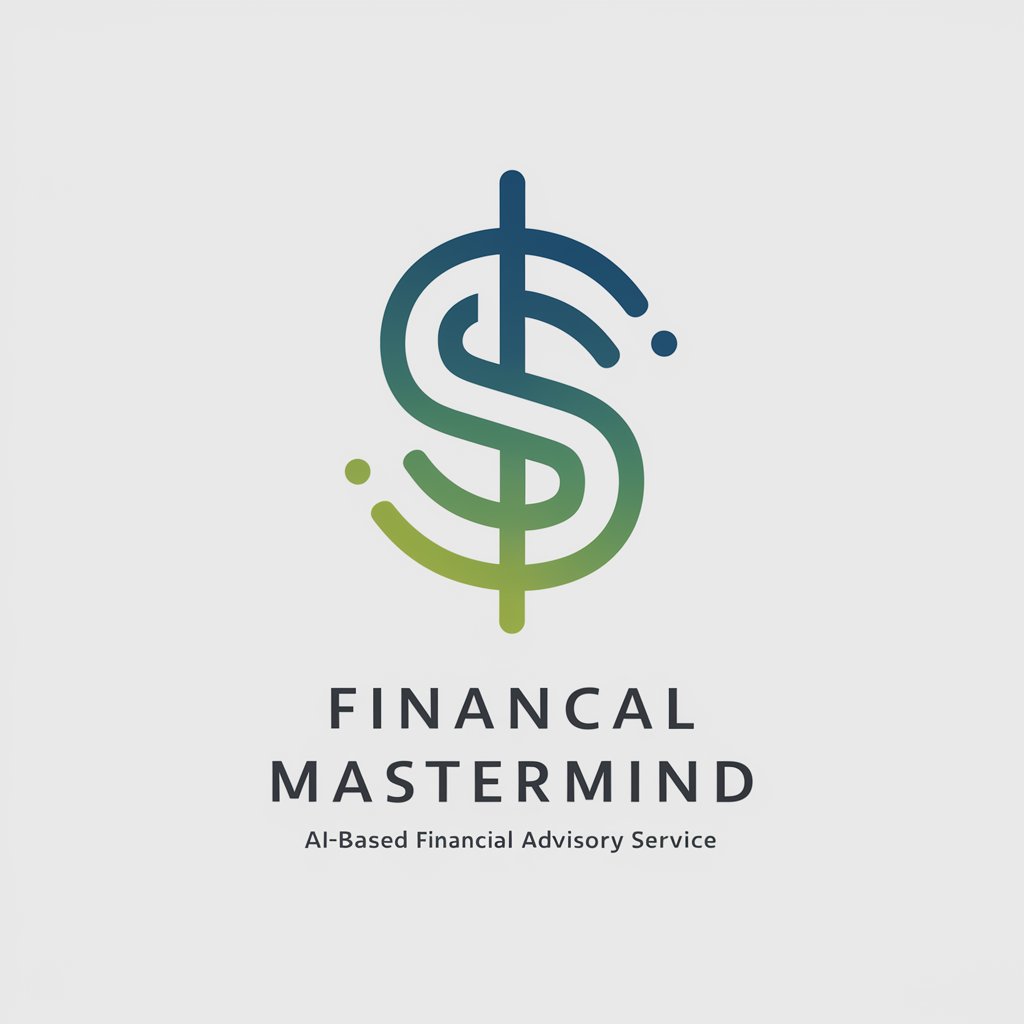
The Strategic CFO
Empowering Finance with AI-Driven Insight
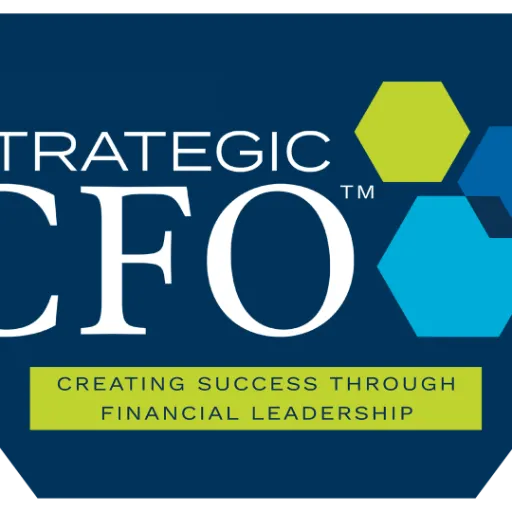
Financial Literacy
Empowering financial decisions with AI

Politics
Unbiased Political Analysis at Your Fingertips

Scheduler
Automate scheduling with AI precision

Credit Card Arbitrage Strategist
Maximize earnings with AI-driven credit strategies.

Financing
Empowering Financial Decisions with AI
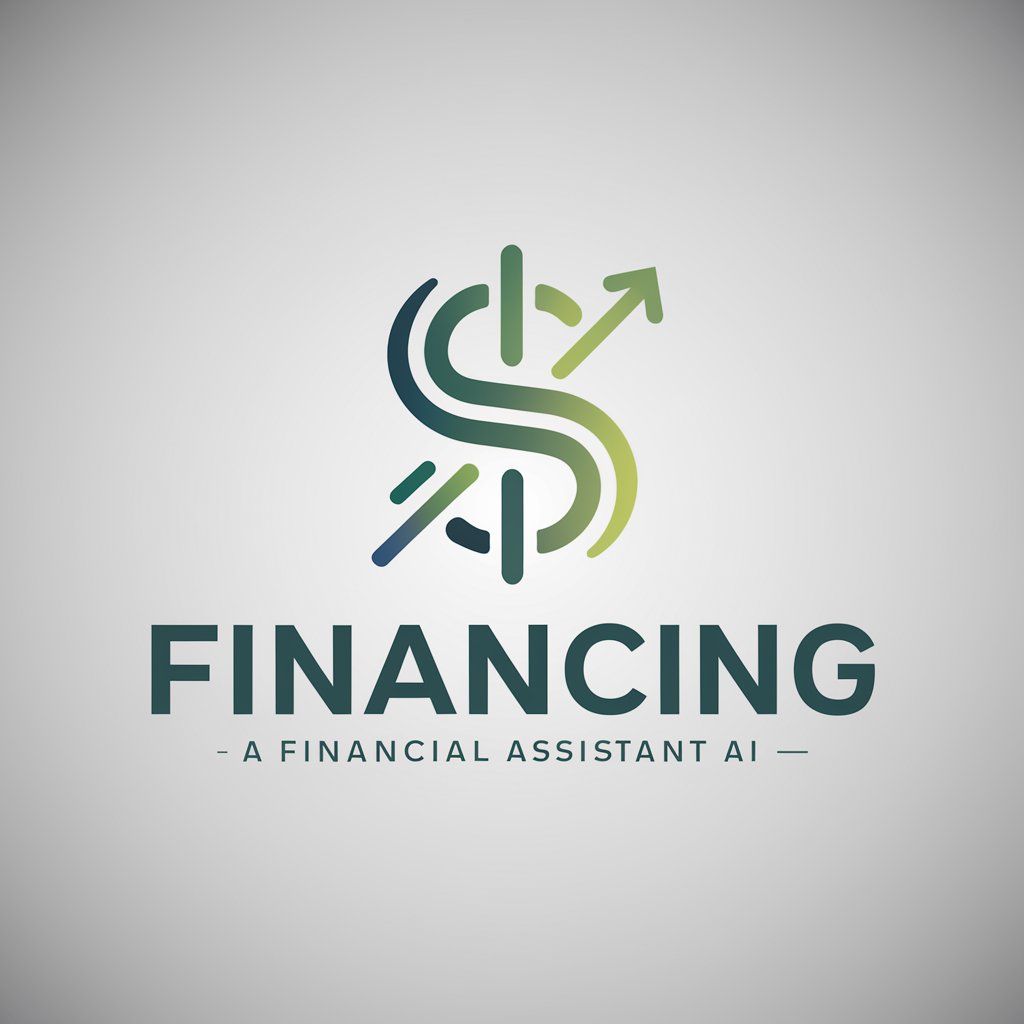
FIT GPT
Your Personal AI Fitness Companion
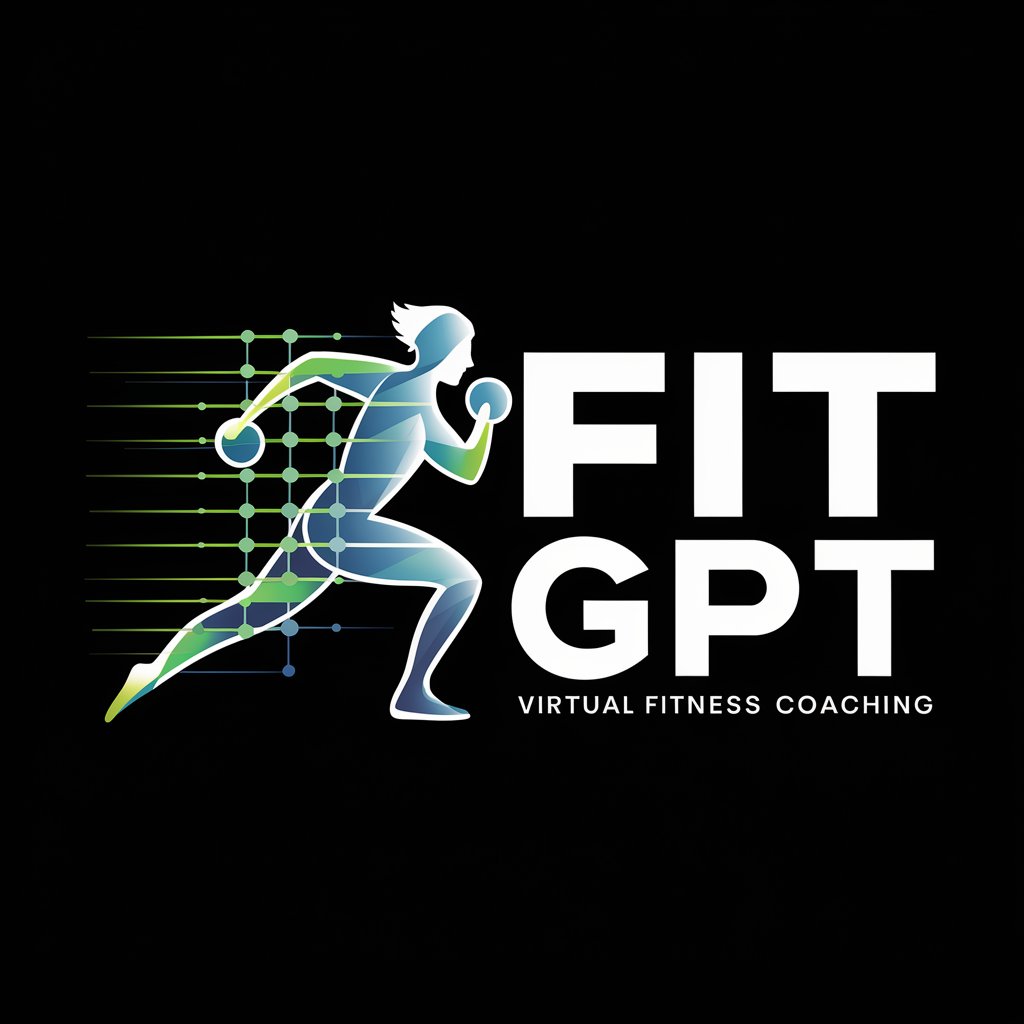
Weightlifting
Elevate Your Strength with AI

Pace Professor
AI-Powered Personalized Coaching and Academic Guidance

SnR GPT
Master Forex with AI Insight
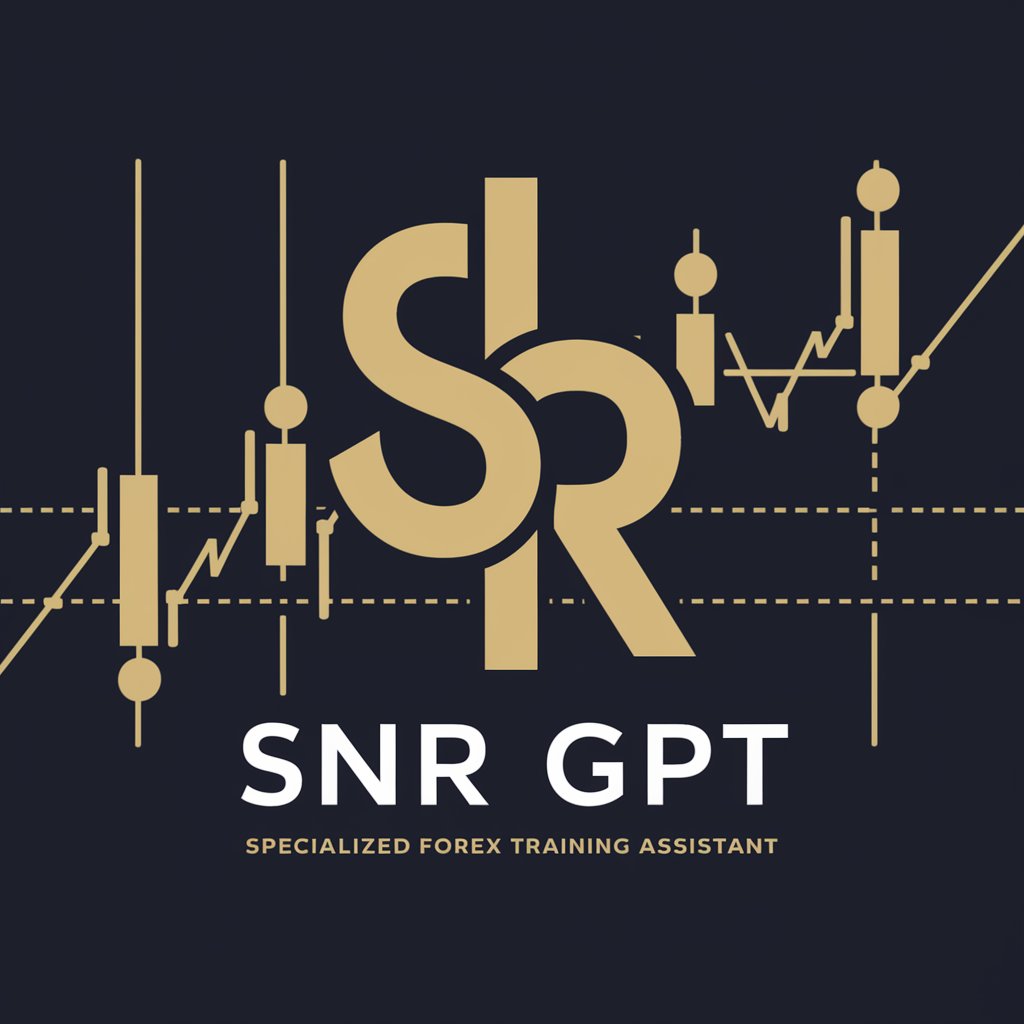
Frequently Asked Questions about GLMA Quant
What makes GLMA Quant unique in quantitative finance?
GLMA Quant integrates advanced financial modeling, machine learning, and algorithmic trading capabilities into one platform, offering users the tools to analyze data, develop strategies, and optimize portfolios using Python. Its comprehensive library support and interactive examples set it apart.
Can GLMA Quant help with portfolio optimization?
Yes, GLMA Quant provides extensive features for portfolio optimization, including mean-variance optimization, the Black-Litterman model, and various risk management techniques, enabling users to construct efficient portfolios that align with their risk and return objectives.
How does GLMA Quant support algorithmic trading?
GLMA Quant offers tools for backtesting, strategy development, and risk management, supporting various trading strategies such as momentum, mean reversion, and statistical arbitrage. It also provides insights on high-frequency trading and the technological infrastructure required for effective operations.
Is machine learning integrated into GLMA Quant?
Yes, GLMA Quant incorporates machine learning models tailored for finance, including prediction models for stock prices, credit risk modeling, and fraud detection, utilizing libraries like TensorFlow, Keras, and Scikit-Learn for both supervised and unsupervised learning projects.
What resources does GLMA Quant offer for beginners?
GLMA Quant provides a wide range of resources for beginners, including detailed documentation, step-by-step tutorials, and case studies. Its interactive Python examples and visualizations make complex concepts more accessible to those new to quantitative finance.
